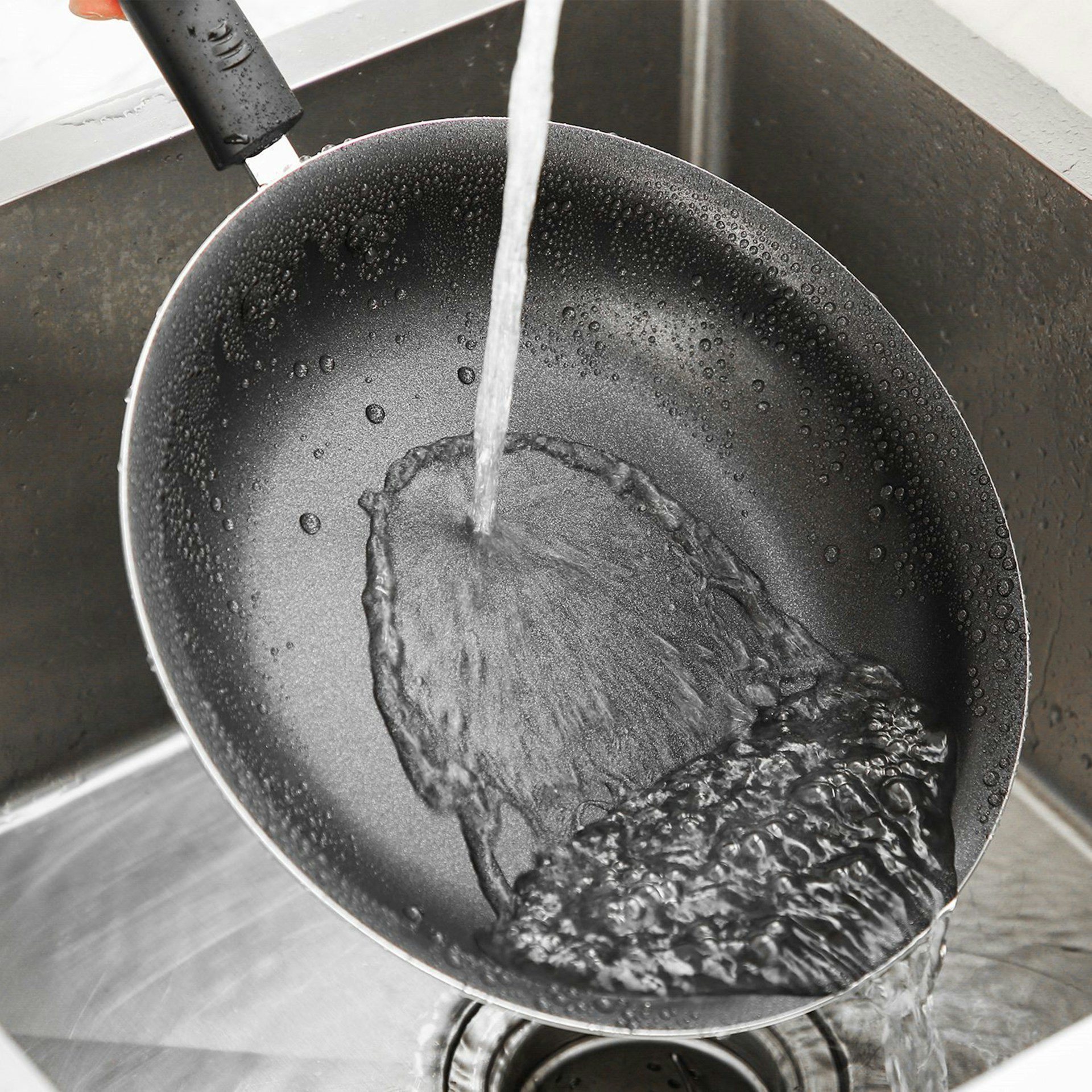
Many polymers exist. Some polymers share no similarities. Others are nearly identical. Two materials that can easily confuse any business owner are polytetrafluoroethylene (PTFE) and Teflon.
It’s crucial to understand these materials’ backstories. Learning about each polymer can be helpful, especially before you see how PTFE vs. Teflon stack up to each other. After you learn about these materials separately, Polymershapes will compare polytetrafluoroethylene vs. Teflon to look at their similarities and differences.
What Is Polytetrafluoroethylene?
Polytetrafluoroethylene is a fluoropolymer. It contains a mixture of fluorine and carbon while also being a synthetic polymer derived from tetrafluoroethylene. The unique qualities of PTFE include having a high melting point and resistance to many hazardous substances. It is also a hydrophobic material and has a low friction coefficient.
What Is Teflon?
Teflon has many uses. Its discovery was a complete accident. Roy J. Plunkett worked as a DuPont chemist in 1938. One day he attempted to create a new refrigerant. As a result, Plunkett created Teflon which then became publicly available in 1960.
Typically, more people know or have heard the word Teflon compared to polytetrafluoroethylene. If you’re familiar with Teflon, you’ve probably heard it mentioned in the context of cooking, baking, or similar food preparation activities.
Teflon also repels water. Can you picture the dark material used in the bottom of non-stick pots and pans? That’s typically Teflon.
Comparing PTFE vs. Teflon
As you may have figured out by now, there are many similarities and no major differences when comparing the properties of polytetrafluoroethylene vs. Teflon. That’s because both materials are nearly identical. Teflon is a brand name. Polytetrafluoroethylene isn’t.
The qualities of Teflon and PTFE include:
- High Melting Point: Polytetrafluoroethylene and Teflon can withstand temperatures up to about 620 degrees Fahrenheit. That makes them ideal to use for cooking and other high-heat purposes. It is important to note that these materials can still be damaged even if they do not reach their melting point. They should be kept below 500 degrees Fahrenheit to avoid decomposition.
- A Wide Thermal Stability Range: When comparing polytetrafluoroethylene vs. Teflon, you’ll find that both materials can withstand extremely cold temperatures. Both polymers can withstand temperatures as low as -327 degrees Fahrenheit.
- Corrosion-Resistant: Being chemically inert, polytetrafluoroethylene is resistant to many chemicals and solvents, making it highly sought after throughout the manufacturing industry.
- Repels Water: PTFE and Teflon are water-resistant. That means no worries about this liquid damaging either polymer.
Is PTFE the Same as Teflon?
Essentially, yes. Imagine visiting a supermarket and you’re in the beverages aisle. You see the big-name brands, including Coca-Cola and Pepsi. Most stores also carry generic soda brands.
It doesn’t matter whether you purchase name-brand or store-brand soda. You’re getting the same product. If you buy name-brand products, you’re spending more for the notoriety of these brands.
We hope you enjoyed our breakdown of PTFE and Teflon. The information above about polytetrafluoroethylene vs. Teflon should help guide your polymer-related decisions. Does your business need PTFE, Teflon, or other popular polymers? Contact Polymershapes. We have over 70 years of industry-leading heritage. Polymershapes also has the experience and tools to take care of all your fabrication needs.




